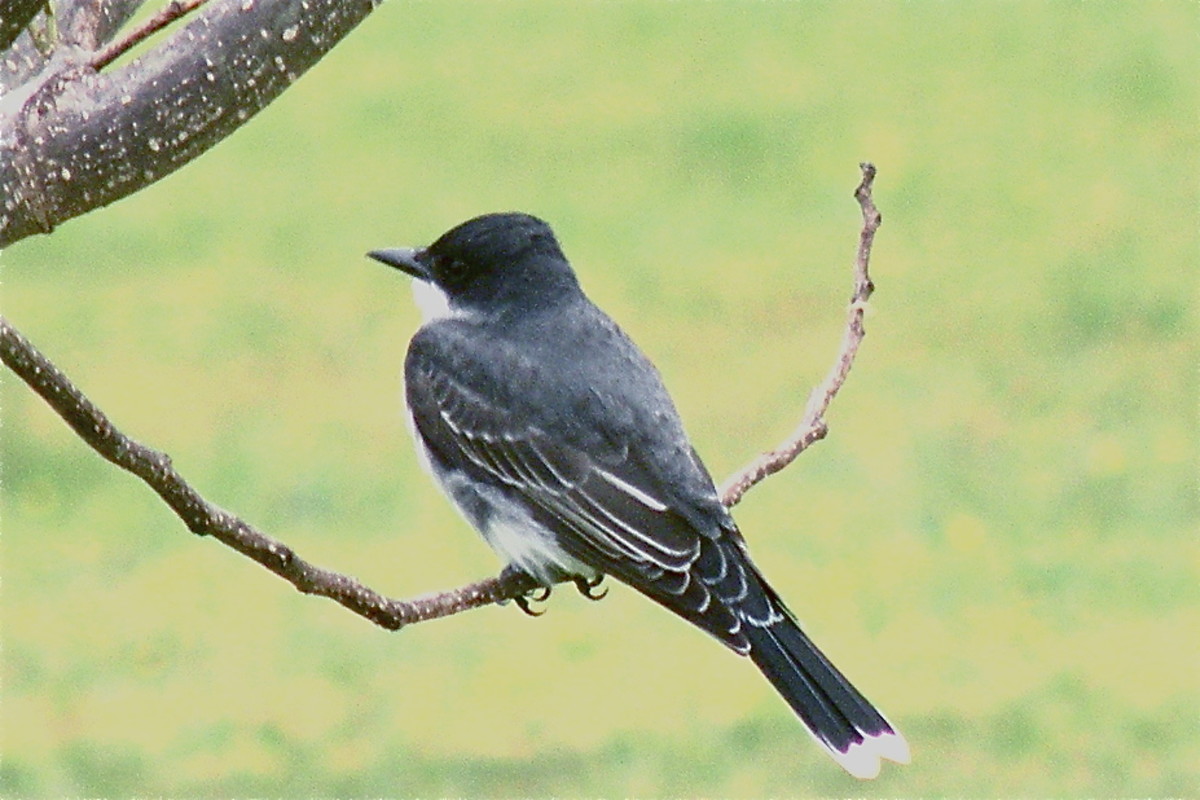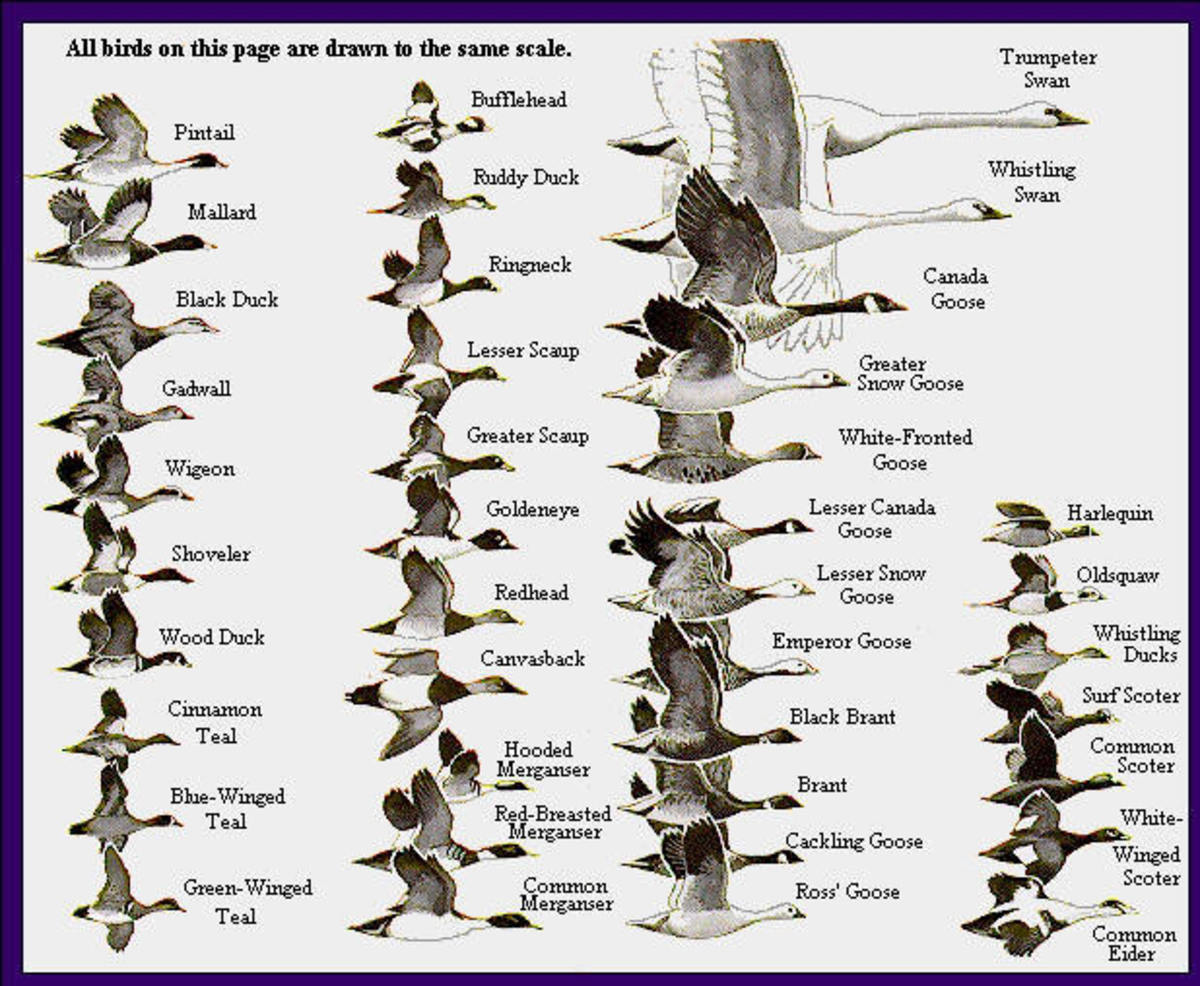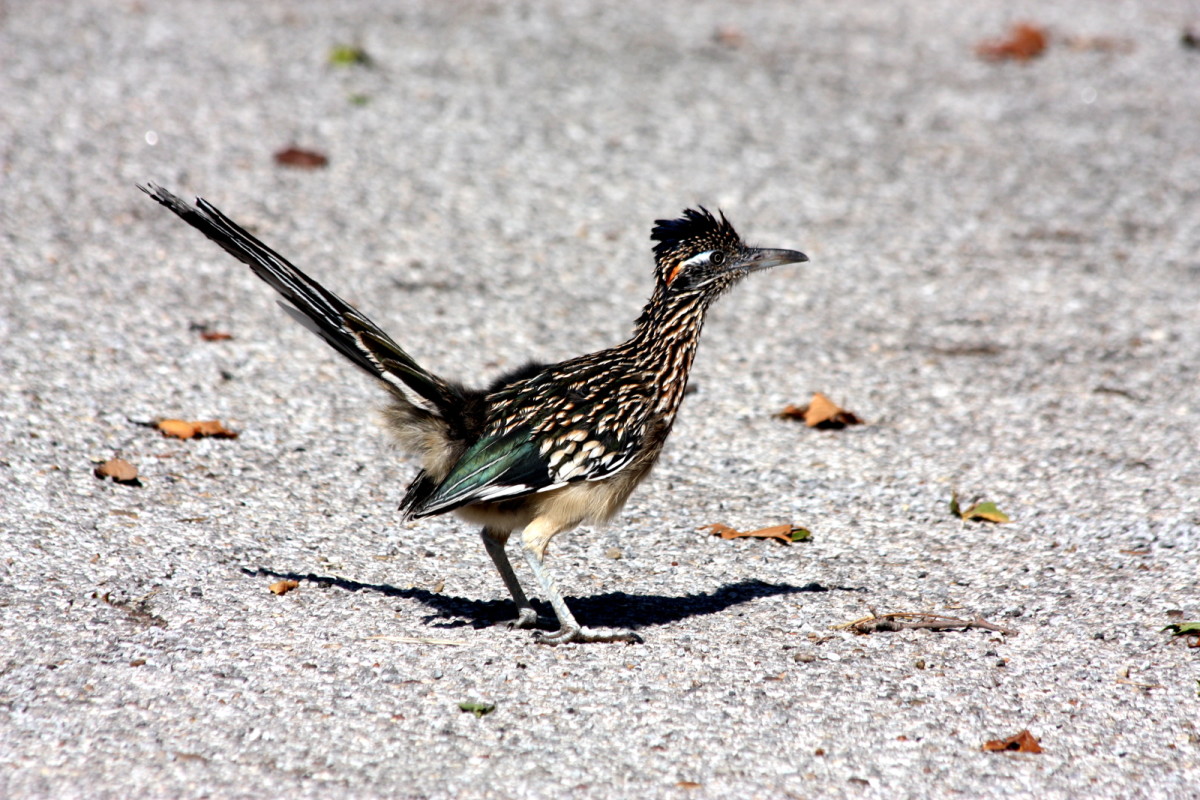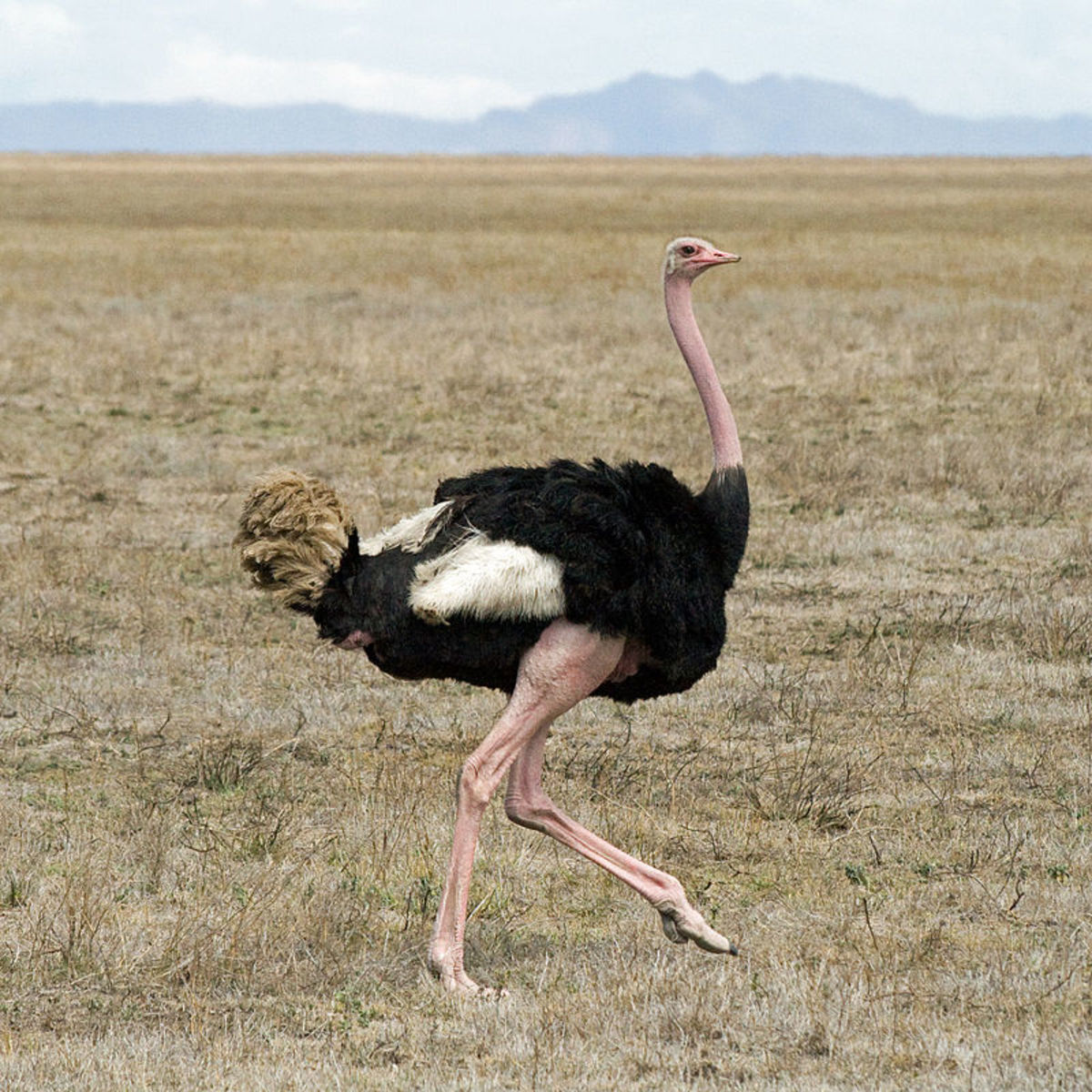Beginning Birding: Avoid Frustration With These Basic Principles
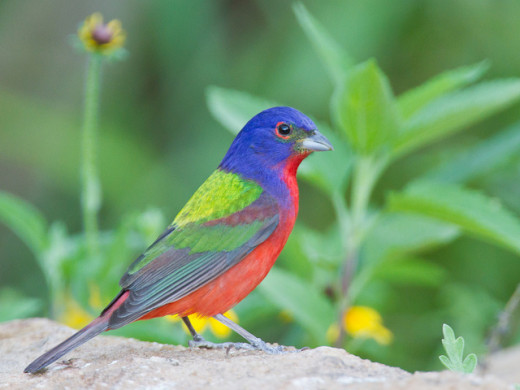
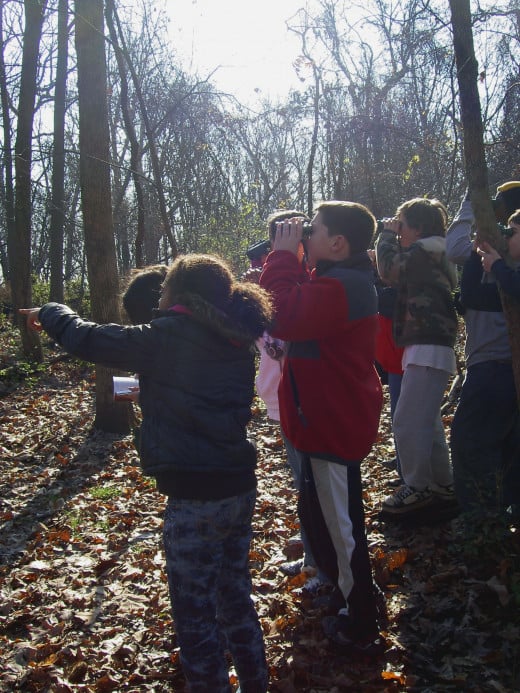
Quick Tips for Beginning Birders
- Watch the bird, not the book
- Practice visual detection by using your peripheral vision
- Listen for indicators that a bird is present, though you may not be able to see them (rustles in leaf litter, splashing water, and so on)
- Walk and move less to avoid scaring birds
- Stand quiet and still to increase detection ability
- Wear Earth tones (dark browns, greens, blues, & tans)
Getting Started: Birding Basics
Birding is one of the fastest-growing hobbies in the world today, and it's easy to see why. It fosters a connection with the natural world. It gives birders an excuse to travel to the most far-flung corners of their state and world, showing them places most people never have the fortune to see. For hardcore collectors and listers, birding is a tantalizing quest: how many different species can I see in a day/year/lifetime?
Perhaps because birds are some of the most conspicuous wildlife on the planet, many people have the idea that birding is easy. How boring it must be, they think, to walk around just to look at birds.
That changes as soon as they actually try to go birding.
Suddenly, the dull wads of feather that seemed so easy to see won't stand still long enough to even get a clear view of them. All the pictures in the book look the same. There are so many in the book, you can't even figure out where to start. The bird doesn't look like it does in the book. Birds like to hide in thick bushes where they can't be seen. Some of them sing from deep within the brush, as if to mock your efforts.
And for the love of God, WHY don't they ever stop moving!?!
And so ends the birding career for many outdoor enthusiasts. Frustration overwhelms, binoculars are put in storage and forgotten, and birds once again become just part of the background.
Of course, it doesn't have to be this way. The difference between a new passion and an afternoon of irritation is a solid strategy and understanding of identification.
Before you even head into the woods, there are several basic axioms you should follow when birding. They may sound simple, but they are often the first things a new birder forgets.
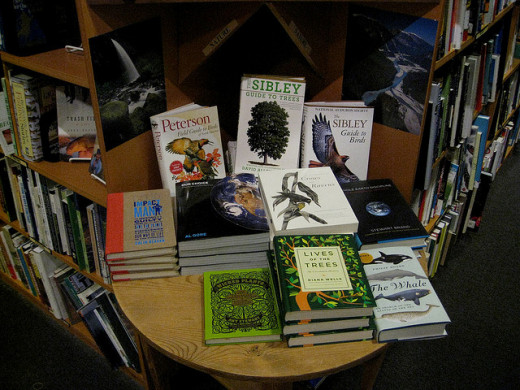
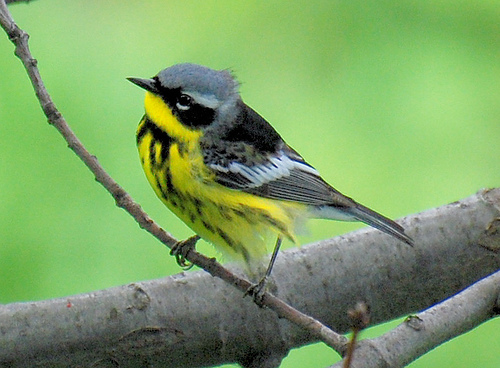
Watch the Bird, Not the Book
A sense of being completely overwhelmed is very likely the first sensation a first-time birder feels. This sends many people back to their trusty field guide, which they use like a security blanket. The problem here is that inevitably there will be a key to identification that they missed, and once they find out what it is, the bird is long gone.
Instead of sifting through the guide, an experienced birder spends as much time as possible watching the bird. They know that no bird stays still forever, and most give you a few seconds at most before they fly away or you lose track of them. Your priority should be to collect as much information as you possibly can in the brief window you are given, noting size, colors, patterns, shape, and any other information you possibly can.
Many choose to write this information down, but this requires you to look away from the bird as well, bringing you back to the original issue. To remedy this problem, I use a digital voice recorder, kept in a shirt pocket for the best recording. Using a recorder allows a birder to simply speak what they are seeing, and have it available for later use when looking for the field guide. Smartphones all carry a voice notes feature, and this can work just as well.
Whatever method you use, keep your eyes glued to the bird. You'll thank yourself for it later.
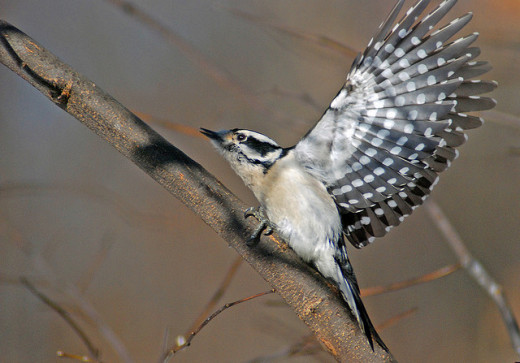
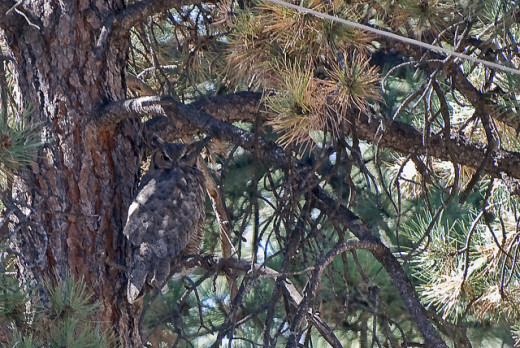
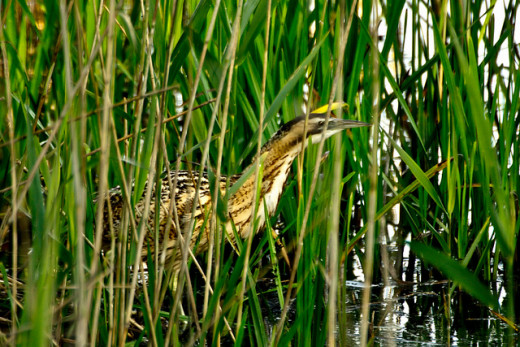
You Can't Identify A Bird You Can't See
Again, this seems like a no-brainer. And again, this is something that is easily forgotten.
Inexperienced birders frequently place too much emphasis on telling one bird from another, rather than telling a bird from shadows, dead leaves, or clumps of vegetation. They will often see very obvious and common species only, while an experienced birder sees twice as many species in the same area. There's nothing secret or superhuman about finding birds which separates experts from beginners; an expert just knows how to look, and what to look for.
The only secret, if there is one, is that when you're birding, do not look for birds. Especially in vegetated habitats, you will hardly ever see the full body of a bird, in the open, just waiting for you to see it. Nine times out of ten, the birds' habit of moving constantly will be what gives their presence away. This means you should be looking for movement, not birds.
Fortunately, humans are excellent at detecting movement, provided they use the right part of their eye. Your area of focus covers a tiny percentage of your vision and is poor at detecting movement, so it is little wonder that a new birder staring intently into the bushes finds next to nothing. An experienced birder uses their peripheral vision for initial detection (in fact, you can often tell a pro from their seemingly unfocused stare as they make full use of their vision!).
The advantage of using your entire field of vision is not only an increased area for detection, but also vastly increased sensitivity to movement. In fact many people are shocked how sensitive their vision is to movement once they start using it (as birders become better trained, it's not uncommon to detect the movement of insects in the treetops while looking for birds!).
Training yourself to use your peripheral vision more often will help you detect far more birds on a given outing, and sharpening these skills can be as easy as consciously watching TV at a right angle for a while each day. Even people with less-than-perfect focal vision often have much better peripheral, and benefit greatly from even simple exercises like these.
Aside from movement, birds that sit quietly for long periods (such as hawks, ducks, shorebirds, owls, etc) are usually detected by searching for out-of-place shapes in the landscape. Unusually dark or light patches on a tree trunk, solid shapes at the tops of bare trees, rounded rock-like shapes on a sandy beach, and any other contrasting pattern that stands out to the eye should be investigated.
For example, many trees tend to have more or less horizontal branches. A short, solid vertical shape, therefore, will stand out easily, and is worth a check with binoculars. Conversely, any horizontal shapes in a predominantly vertical habitat (such as grass or reeds) are equally suspicious.
Many species also have a fondness for perching at the very tops of shrubs, trees, grasses, or any other vegetation nearby. A quick scan for oddly-shaped objects in the tops of vegetation is definitely worth your time.
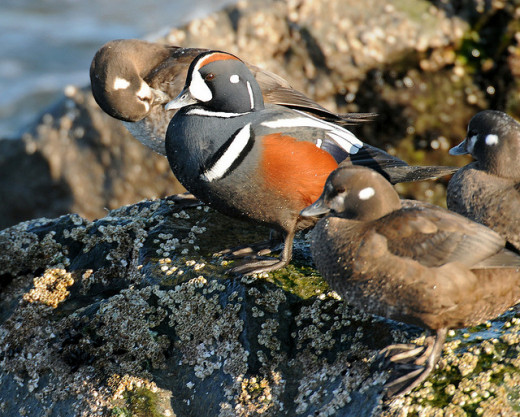
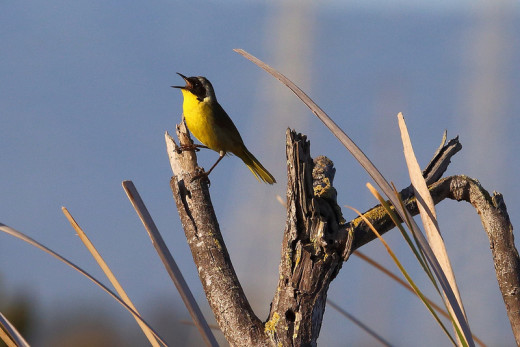
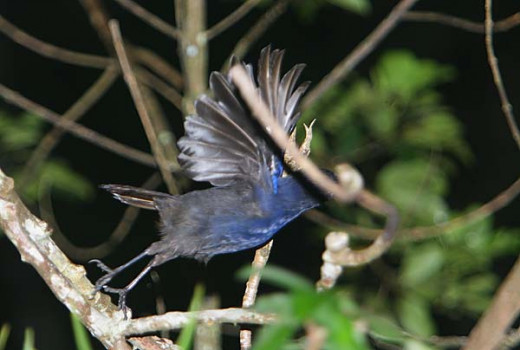
Use Your Ears As Much As Your Eyes
Of course, vision is only one way to detect a bird's presence, and probably not even the best method in many cases. The other best option is locating birds with audio cues.
I'm not necessarily talking about a full-blown song here, or even calls. These are great if the bird is feeling charitable enough to sing for you, but there are acoustic signals that birds can't help but give off.
Your best friend for this method of detection is dried leaves or grass, as birds moving through their habitat will all make some level of noise as they step through leaf litter. Noisy gravel, splashing water, scratching noises on tree bark, soft tapping noises from pecking, and the whir of a pair of wings are other huge giveaways to listen for. The almost supernatural ability of a pro birder to find birds most people overlook stems from their ability to hear the slight rustle in the grass that gives the bird away.
Patterns that the noise follows often means as much as the noise itself. Random, consistent noises coming from the same place are probably not birds. The same goes for noises that repeat at regular intervals, or constantly, such as a branch creaking back and forth in the breeze, or the splashes and babbles of a small stream.
Bird noises will be intermittent, and often directional as the bird moves through its habitat. Birds don't typically move in regular patterns (such as human footsteps), but favor a move-pause-move-pause pattern instead. That pause is a bird checking for danger briefly before continuing (think of the way a cat stalks prey, it follows the same pattern). A rustle in the undergrowth, followed by a pause, followed by a similar rustle from close to the position of the last noise is almost certainly an animal, and more than likely a bird.
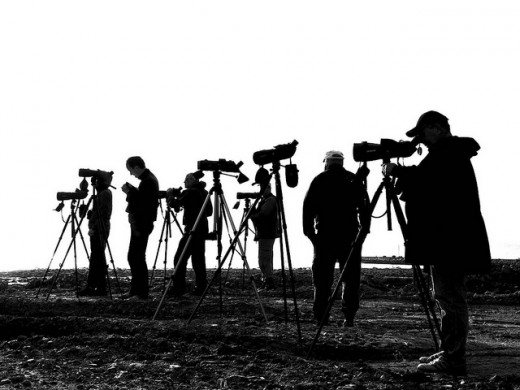
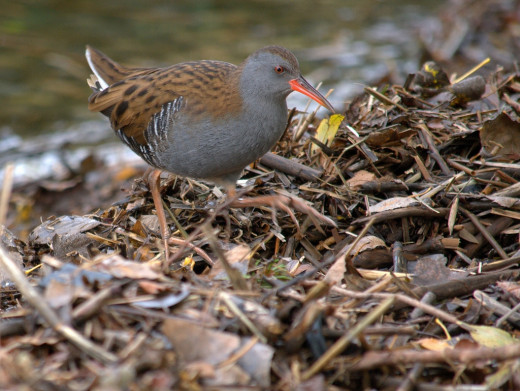
The More You Move, The Less You See
Chances are, any birder you see is walking briskly through a habitat, stopping only at a few well-known spots, then moving on. All birders under-use the best technique for increasing detection: standing still.
The drive-by approach does two unhelpful things. First, a rapidly-approaching large animal will cause a bird to either flee or freeze, neither of which is generally helpful to a birder. Second, finding the minute movements of a bird are difficult when you are moving because, relative to you, the whole world is moving.
From an acoustic standpoint, the sound of your footsteps will mask similar noises by birds, making the likelihood of encounters even lower. It also alerts the birds to your presence, since they are listening for exactly the noises you are making to avoid predators.
The solution is simple. Spend more time waiting quietly in likely spots, about five minutes per spot before moving on. In that time aim to be as inconspicuous as possible, and move as little as you can. The number of birds you will detect doing this will drastically outstrip what you would see if you were constantly on the move, and you are more likely to shier, more difficult-to-see species with this tactic.
To improve this even further, you can use the birds' own tactics for hiding against them. Wear drab colors that match the habitat you are birding in, rather than whites and bright colors. Where possible, stand in shadows, next to tree trunks, and partly concealed in bushes to break up your profile. Lower your profile if you can as well, either by crouching or sitting, to make yourself smaller and less obvious.
Used correctly, these general tactics can greatly improve your first outings. Seeing the bird is the first part of the battle, and should be your first priority always. Once you do have one in your sights, use the strategy outlined in the second part of this series to improve your chances of correctly identifying your sighting.






